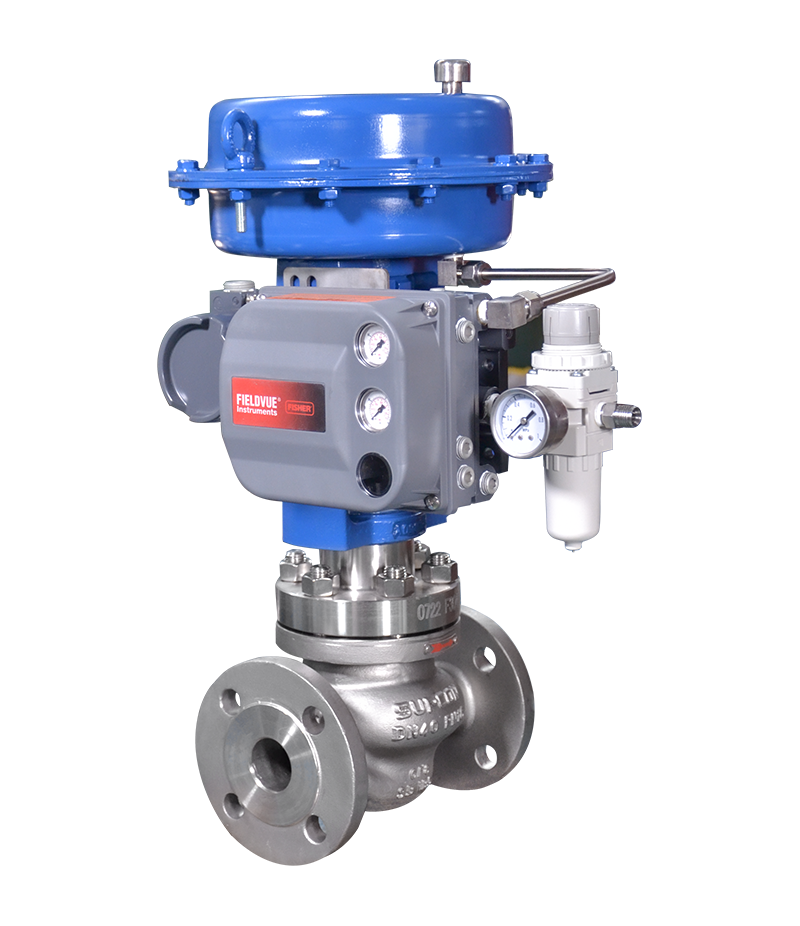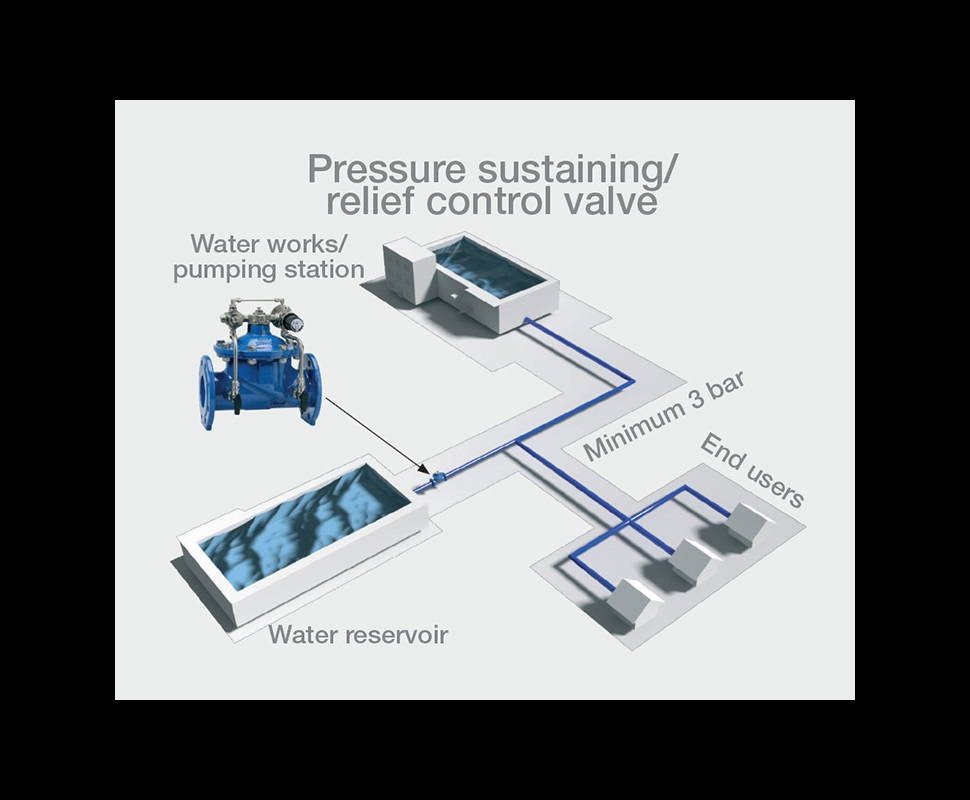Checking out the Capability of Modern Control Valves in Industrial Applications
Checking out the Capability of Modern Control Valves in Industrial Applications
Blog Article

Maximize Energy Savings and Convenience With Advanced Building Automation Controls
In the world of contemporary design and center management, the assimilation of advanced structure automation manages stands as a crucial advancement. By utilizing the power of automation, buildings can adapt, respond, and advance in methods that were when unthinkable.
Power Efficiency Conveniences
Energy effectiveness advantages can significantly decrease power consumption and functional expenses in buildings. Energy-efficient systems, such as advanced building automation controls, can maximize the usage of resources like heating, air conditioning, and illumination, leading to lower power costs over time.
Additionally, boosted energy performance can extend the life expectancy of building devices and systems. By running a lot more effectively, a/c systems, lighting fixture, and various other building parts experience less damage, leading to reduced upkeep and replacement prices. Furthermore, energy-efficient structures often regulate higher residential property worths and rental prices, supplying long-lasting financial advantages to owners.
Furthermore, power efficiency can improve occupant comfort and performance. Correctly managed indoor atmospheres with optimum lighting and thermal problems create an even more conducive and pleasurable office, causing enhanced employee satisfaction and performance. Generally, the power effectiveness benefits connected with innovative structure automation controls are multifaceted, including expense financial savings, environmental stewardship, and resident wellness.
Improved Convenience Control
Enhancing convenience control in structure environments requires an advanced assimilation of advanced automation systems for ideal passenger health. By utilizing sophisticated structure automation controls, facilities can customize the indoor environment to satisfy the details requirements and choices of occupants. These systems enable accurate policy of air flow, illumination, and temperature, creating a comfortable and efficient atmosphere. Passenger contentment and performance are very closely connected to thermal comfort, making it important to have systems in position that can adapt to altering problems in real-time.
Improved comfort control goes past basic temperature level changes. It includes attributes such as personalized settings, occupancy sensors, and all-natural light use to produce a responsive and vibrant environment. By including these advanced controls, structures can not only boost comfort yet likewise boost power efficiency by maximizing system operations based upon actual tenancy and use patterns. Eventually, focusing on resident convenience with innovative automation systems causes a more delightful and much healthier indoor setting.
Operational Performance Improvements

In addition, the execution of real-time surveillance and analytics devices enables building operators to determine power inefficiencies and functional abnormalities without delay. By continuously click for more keeping an eye on power usage patterns and system efficiency metrics, adjustments can be made in real-time to optimize power consumption and make sure peak functional efficiency. control valves. Furthermore, integrating need look here feedback strategies into structure automation controls can even more improve functional performance by dynamically adjusting energy usage based on grid conditions and prices signals
Indoor Environment Optimization
Effective indoor climate optimization is a basic aspect of building automation controls, making certain occupants' comfort and wellness while maximizing energy savings. By utilizing advanced sensors and controls, building automation systems can continuously keep track of and adjust temperature, moisture degrees, air top quality, and air flow to produce an ideal indoor atmosphere. Preserving constant and comfortable conditions not only improves passenger satisfaction but additionally enhances productivity and total wellness.
Interior environment optimization likewise plays a vital duty in power effectiveness. By fine-tuning home heating, ventilation, and air conditioning systems based on real-time data and tenancy patterns, constructing automation controls can significantly decrease energy consumption - control valves. Applying techniques such as demand-controlled air flow and thermal zoning can help decrease energy waste while making certain that each area of the structure gets the essential conditioning.

Sustainable Environment Creation
Building automation controls not only optimize interior climate conditions for energy efficiency and resident comfort but additionally lay the structure for developing a lasting environment through strategic monitoring of resources and systems. By incorporating innovative structure automation modern technologies, such image source as sensors, actuators, and smart software, facilities can keep track of and adjust energy usage in real-time to minimize waste and lower their carbon footprint. These systems enable anticipating maintenance, recognizing prospective issues prior to they escalate and maximizing devices efficiency to improve longevity and performance.
Furthermore, lasting setting development extends past energy monitoring to include water conservation, waste decrease, and indoor air high quality improvement. Structure automation controls can regulate water use, find leaks, and make certain appropriate waste disposal methods, contributing to general sustainability initiatives. Furthermore, by checking and regulating ventilation and filtering systems, these technologies boost owner health and wellness and performance while decreasing energy intake related to HVAC operations.
Final Thought
Finally, advanced building automation manages deal significant advantages in terms of energy cost savings, convenience control, functional efficiency, indoor climate optimization, and developing a lasting environment. By carrying out these controls, buildings can attain optimal performance while minimizing power intake and improving occupant comfort. It is obvious that the usage of advanced automation technology is important in boosting structure efficiency and creating a much more lasting future.
Power efficiency advantages can significantly lower energy intake and operational prices in buildings. On the whole, the energy efficiency advantages linked with advanced structure automation controls are diverse, encompassing cost savings, ecological stewardship, and owner well-being.
Furthermore, integrating need feedback approaches into structure automation controls can additionally improve operational effectiveness by dynamically changing power usage based on grid problems and rates signals.
Structure automation regulates not only enhance indoor climate problems for energy efficiency and occupant comfort however likewise lay the foundation for developing a sustainable environment through strategic administration of sources and systems.In conclusion, advanced structure automation controls offer considerable benefits in terms of power financial savings, comfort control, operational performance, interior climate optimization, and producing a sustainable environment.
Report this page